Hokusai Katsushika is an internationally renowned ukiyo-e artist born in Tokyo in 1760 in the Edo period. In 1842, when he was 83 years old, he firstly visited the house of Kozan Takai who was a pupil of Kokusai and a wealthy farmer and merchant in Obuse, Nagano. Since then, he visited Obuse 4 times including this visit before he died in 90 years old. During the 4th visit for a year in Obuse, he painted a phoenix on the ceiling of the main hall of Gansho-in Temple.
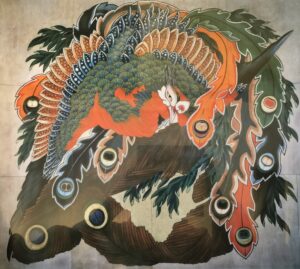 Phoenix Paint on the Ceiling of Gansho-in Temple
Phoenix Paint on the Ceiling of Gansho-in Temple
This is called, “Happo Nirami Ho-o Zu” means the phoenix painting watching 8 directions. This actually means from any directions, people watching the painting feel phoenix is watching them. The size of the painting is 21 tatami mats wide, about 34 square meters. No repainting since Hokusai originally painted because high quality natural mineral pigments were used. A trace of a painting pallet remains on the painting.
Gansho-in Temple has a mausoleum of Masanori Fukushima who was a famous military commander of Hideyoshi Toyotomi. However, at the battle of Sekigahara in 1600, he belonged to Ieyasu Tokugawa side and they won the battle. Masanori got a territory of Aki and Bingo (Hiroshima and Okayama area) and became a big daimyo. However, in 1619, Masanori was subjected to kaieki for violation of the Shogunate law when he tried to repair Hiroshima-jo Castle without permission. His territory was changed from Aki and Bingo to Shinano and Echigo (Nagano and Niigata) by dramatically reduced size of the territory. In 1624, Masanori died when he was 64 years old. Masanori believed in Buddhism and had Gansho-ji Temple to be his family’s temple. Therefore, his mausoleum is located at Gansho-in Temple.
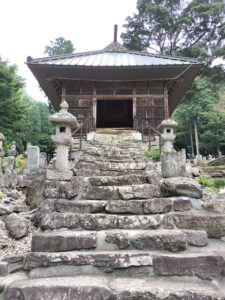 Mausoleum of Masanori Fukushima
Mausoleum of Masanori Fukushima
There are wooden statues of the Deva Kings in the temple gate.
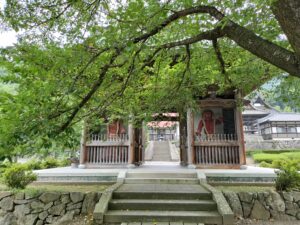 Temple Gate of Gansho-in Temple
Temple Gate of Gansho-in Temple
The ceremony for opening eyes of those statues of Deva Kings were originally conducted at Chusha Shrine of Togakushi Jinja Shrine. In 1870, at separation of Buddhism and Shintoism and movement of abolish Buddhism during the Meiji Restoration, Gansho-ji Temple requested Chusha Shrine to get those statues of Deva Kings. Chusha Shrine accepted this request with amount of US$4 millions. Since then, for a while, those statues had been stored in the main hall. In 1987, the temple gate were completed and the statues of the Deva Kings were installed in the gate.
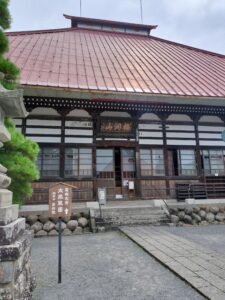 The Main Hall of Gansho-in Temple
The Main Hall of Gansho-in Temple
In the main hall, you can see not only the phoenix painting, but a pond of toad battle next to the main hall at which Issa Kobayashi who is a famous haiku poet composed famous following haiku,
“Yasegaeru makeru na Issa kore ni ari”
In English, “Skinny toad, hanging in there, Issa’s rooting for you.”
It is said that this haiku was made by Issa considering his first son, Sentaro, who was a sickly child. At the edge of the pond, there is a slab with this haiku cut on it by himself.
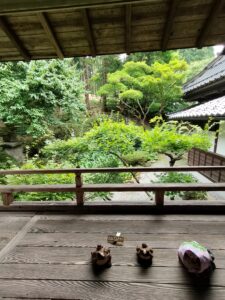 The Pond of Toad Battle
The Pond of Toad Battle
Every year, after cherry blossom, eastern-Japanese common toads are coming to this pond from out of nowhere because of propagation. Usually, the number of female toads are less than that of male and many battles occur. This is why this pond is called the pond of toad battle.
You can enjoy several types of Japanese culture at Gensho-in Temple.

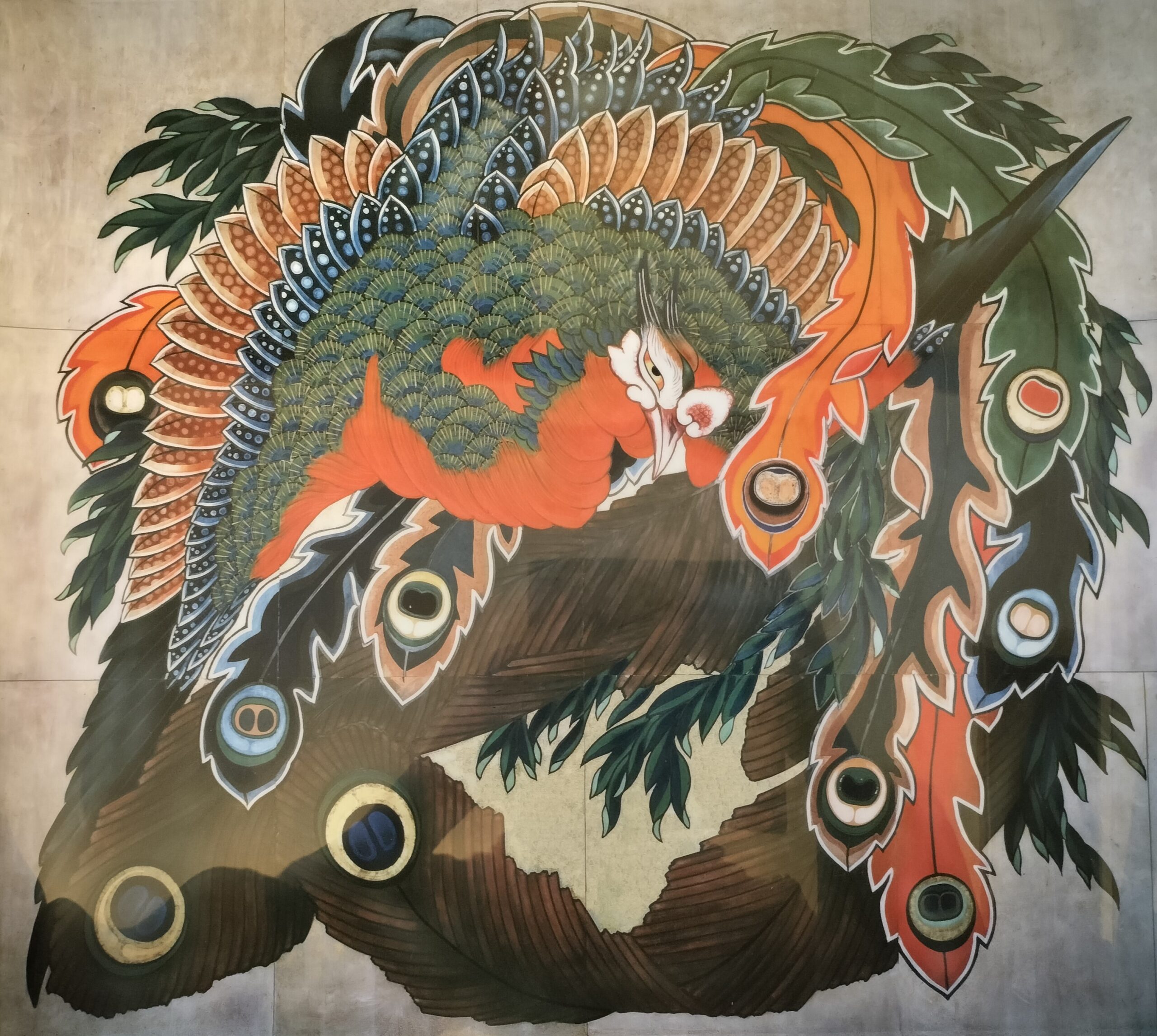


Comments